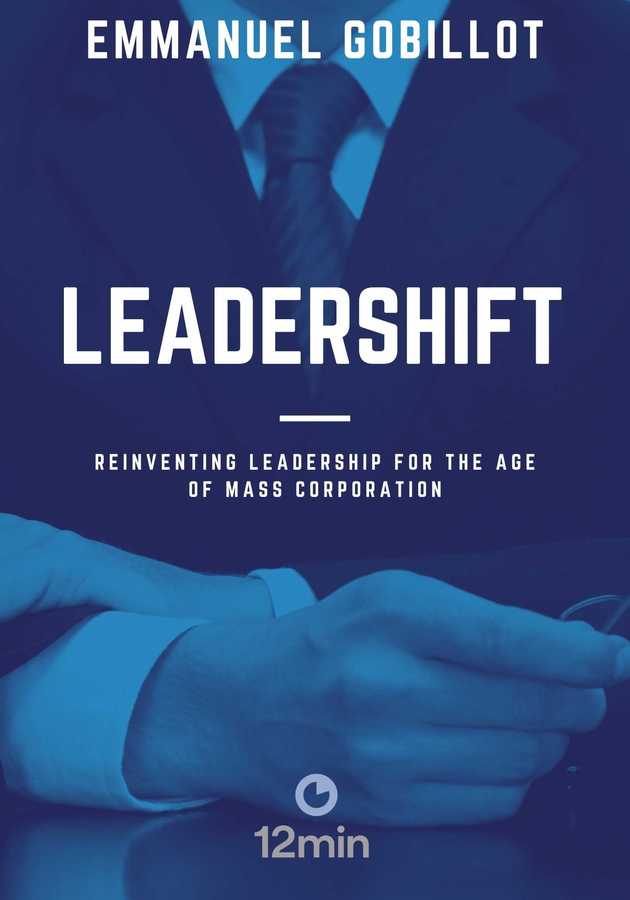When a person dies, people usually try to figure out what they will remember the deceased by. These days, in the wake of the death of the famous singer Sinéad O'Connor, the public most often mentions her angel-like voice and fearless activism. In ‘’Rememberings,’’ a memoir published in 2021, O’Connor discovers what it took for that voice to be heard and many other things we will remember her by. Get ready to hear what they are.
Bob, Elvis and the old piano
It is Christmas, and Sinéad is at her grandma’s house. The atmosphere is festive - the grown-ups talk to each other and run up and down the stairs. The Christmas tree with presents underneath is there, too. Although curious to see what hides under the wrapping paper, something attracts Sinéad’s attention more - the old piano with keys whose color reminds her of grandma’s yellow teeth. When she comes near it, the instrument invites her to play. The sound coming out of it is so sad as if it was haunted. There are a lot of whispering voices in it who try to tell her something. ‘’Who are they?’’ little Sinéad asks the piano. But, it doesn’t want to tell her. Why? The piano says it is because of war. ‘’A child shouldn’t know about war. People don’t talk, so their feelings fly into musical things. The ghosts are things people don’t want to remember.’’ Reality is also something people often want to escape from. As she listens to her father singing ‘’Scarlet Ribbons’’ before bedtime, Sinéad wishes there were more songs like that one that would take her to the other world - the one that is far from reality. ‘’I don’t wanna find myself back in it after three minutes and have to hang around in it until the next chance comes to have it vanish,’’ she writes.
Music takes people to different realities and sometimes even acts as the voice of those we miss. Elvis’ songs were, for a long time, the guidance Sinéad needed from her father she could not see much after her parents divorced. After Elvis died, she found another father - Bob Dylan - whose voice was like a tender blanket she could hide from her mother. It would be wonderful if she could be his child. Or anyone else's but her abusive mother’s.
Mother’s threats were not empty
Sinéad’s parents, Marie and John, married in 1960 and set up a home in Crumlin, Dublin, where they grew up. They had four children, including Joe, Éimear, Sinéad, and John, by 1968. However, in 1975, their father left and, soon, all the children moved to his house, where he lived with his new love Viola. On the day her father left, Sinéad’s mother punished her children for crying by making them spend a night in a hut in their garden. Sinéad writes, ‘’I knelt on the ground in front of the gable wall and wailed up to the landing window to get her to let us into the house when it got dark. She never responded and off went the light in her bedroom and everything went black. That is when I officially lost my mind and also became afraid of the size of the sky.’’ This, unfortunately, wasn’t the only time Marie expressed anger toward their children when others left her. Six months after they moved to their father, Sinéad and Joe returned to their mother because they missed her too much. However, none of them managed to stay with her for too long. When Joe told their mother he was leaving their home for good, she threatened she would hurt Sinéad to force him to change his mind. He did not believe she would actually do that - however, her threats were not empty. She put Sinéad in the passenger seat and drove the car into oncoming traffic. Luckily, they were both okay after the crash.
Sinéad stayed with her mother until the age of thirteen. By then, she had picked up from her a habit of compulsive stealing. She would knock on people’s doors and sell them the flowers she had stolen from their yards, steal money from pockets in the changing rooms at the yacht club, clothes from boutiques, and money from the collection tins. The stealing itself did not give her satisfaction, but her mother’s happy face after she brought the stolen things. And when she was content, things were safe for a while.
A young mother on a tour
In 1985, a few weeks after her mother died in a car crash, Ensign Records contacted Sinéad to sign a contract with them. The record executives Nigel Grainge and Chris Hill listened to her performing with her band Ton Ton a few months before that, and now they wanted her to come to London and make some demos with Karl Wallinger from the Waterboys. She accepted their offer, and only 48 hours after receiving their call, she was flying to London. She demoed four songs with Wallinger, three of which made it onto her first album, ‘’The Lion and the Cobra,’’ and based on them, Ensign offered her a record deal which she signed on August 5 of the same year.
One Friday night, while recording a cover of the Door’s ‘’Crystal Ship,’’ Sinéad noticed she could not reach a high tone, which had never happened to her before. ’’I got really mad after the millionth failed attempt and punched the mike,’’ she writes. ‘’That had never happened before either. As I heard it hit the ground, I thought, I’m pregnant.’’ It turned out she was right. The news left her happy and excited, which was not the case with her record producers. One of them told her to see Ensigh’s house doctor to initiate her pregnancy care. When she met the doctor, he said the following: ‘’Your record company has spent a hundred thousand pounds recording your album. You owe it to them not to have this baby.’’ The doctor also told her that the baby would be damaged if she flew while pregnant and that a female musician should not have a baby because she would have to leave it at home while on tour. The doctor’s words hurt Sinéad badly but did not change her decision to keep the baby. ‘’I haven’t cried so much in years. Nigel can shove his hundred thousand. And his producer. I’m starting again.’’ Three weeks after her child was born, her first album came out. And, three months after, positive reviews were in papers, and Sinéad was on tour.
‘’Everyone wants a pop star, but I am a protest singer’’
In 1989, Sinéad was nominated for Best Female Rock Vocal and performed ‘’Mandika’’ at the awards ceremony. Her second nomination came two years after, but then she refused this award, as well as the one for Best Alternative Music Performance. In fact, to the surprise of many, Sinéad refused all the awards for her second album. She says she did it, ‘’Because I knew after how I’d spent the year being treated by the industry and media that I wasn’t getting awards because of anything I stood for. Rather, I was getting awards because I’d ‘shifted a lot of units’—sold a lot of records. Commercial success outranked artistic merit. I made a lot of money for a lot of men who couldn’t actually have cared less what the songs were about.’’ Also, by refusing the awards and participating in award shows, Sinéad wanted to draw attention to the issue of child abuse.
The outrage she caused throughout the industry by denying the importance of the awards culminated in 1992 when she tore the photo of Pope John Paul II during her performance on Saturday Night Live. It was the photo that hung on her mother’s bedroom wall, and Sinéad had always wanted to destroy it because it ‘’represented lies and liars and abuse.’’ She writes, ‘’I never knew when or where or how I would destroy it, but destroy it I would when the right moment came. And with that in mind, I carefully brought it everywhere I lived from that day forward. Because nobody ever gave a shit about the children of Ireland.’’
The night she tore up the pope’s picture, Sinéad sang two songs - “Success Has Made a Failure of Our Home” and “War.’’ At the end of the second one, she held up the pope’ photo, ripened it into pieces, yelled, ‘’Fight the real enemy!’’ and blew out the candle. The audience was in total silence. When she walked backstage, no one was in sight - everyone vanished, including her manager. ‘’Everyone wants a pop star, see?’’ she writes. ‘’But I am a protest singer. I just had stuff to get off my chest. I had no desire for fame. In fact, that’s why I chose the first song. ‘Success’ was making a failure of my life.’’
Recovering from a breakdown
O’Connor’s memoir can be divided into two parts - the first ends with the events from 1992, and in the second one, she reminisces about the events from 2015 to 2020. The reason behind this 23-year-long time gap is the total breakdown that followed the open surgery radical hysterectomy Sinéad had. ‘’I had gotten as far as the Saturday Night Live story, but I did not write anything else for the four years it took me to recover from the breakdown, and by the time I’d recovered, I was unable to remember anything much that took place before it.’’
Sinéad’s recovery journey included spending time in mental facilities in different parts of America because Ireland’s mental-health-care system did not offer appropriate treatment. Furthermore, no one could take care of her during the crisis. ‘’I was so out of my mind that they were all terrified of me,’’ she writes. ‘’No one had explained to them or me that the loss of one’s ovaries would result in what is called surgical menopause, which is menopause times ten thousand, and that I might become very unstable.’’ Unfortunately, some people took advantage of Sinéad’s instability. One of them was Dr.Phil, who agreed to help her under the condition that she did a show for him where she would tell her story. He also took her to the trauma treatment center even though the doctors from New Jersey had said that trauma treatment would be dangerous because of her vulnerability. And they were right - the stay at the center only worsened her condition. One night, the staff even called the cops because Sinéad’s said she was suicidal. When she was taken to the hospital, the doctors assessed she wasn’t suicidal but traumatized and advised her not to return to the treatment center. After that, the cops took her to the motel, and then she tried another treatment center in LA, which was supposed to be underwritten by Dr.Phil. However, when she did not hear anything from him for three weeks, she packed up, left, and never heard from him or the people from the center ever again.
Final Notes
During her life, Sinéad was widely misunderstood and manipulated. Now, when her voice cannot be heard anymore, her emotional, inspiring, and honest memoir serves as a valuable reminder of who she was and what she fought for. By all means a recommended read, especially for those who did not give up on her over the years.
12min Tip
In ‘’Rememberings,’’ Sinéad wrote, ‘’If anyone wants to truly know me, the best way is through my songs.’’ If her memoir intrigued you, and you want to know more about her, our advice is, therefore, simple - listen to Sinéad’s music.





























